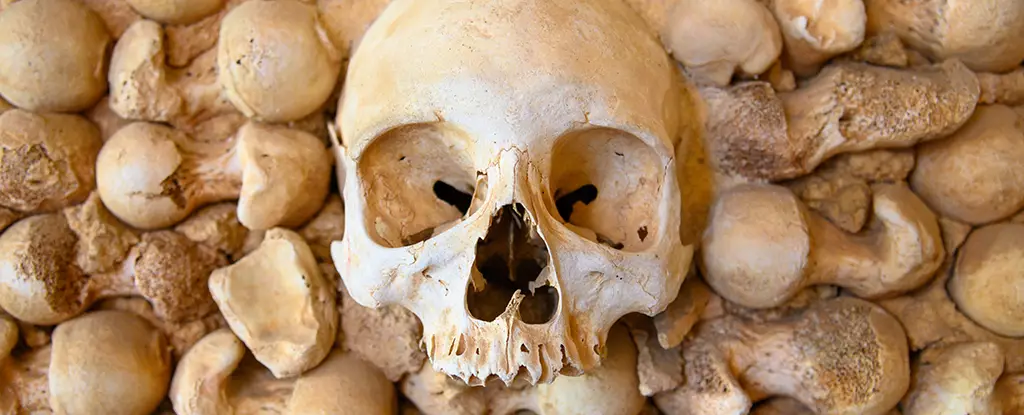In a groundbreaking discovery that sheds light on a 400-year-old mystery, the identity of two men buried in England’s first permanent settlement in the Americas has finally been revealed. Through a combination of DNA analysis and archaeological research, scholars have determined that the anonymous souls laid to rest in the church graveyard of Jamestown, Virginia, in 1610 CE, were none other than Sir Ferdinando Wenman and Captain William West, both of whom were closely related to the colony’s first governor, Thomas West.
The use of ancient DNA as a forensic tool in solving historic mysteries is a relatively novel concept. The study conducted by anthropologist Karin Bruwelheide and her team from the Smithsonian Institution marks the first successful application of aDNA in identifying individuals at the colonial site of Jamestown. This groundbreaking research opens up new avenues for understanding our past by combining genetic data with traditional archaeological methods.
The identification of Sir Ferdinando Wenman and Captain William West has also brought to light a scandalous family connection that has been buried for centuries. Through an analysis of the poorly-preserved DNA of the remains, researchers discovered that both men shared a rare mitochondrial haplogroup known as H10e, indicating a maternal lineage. This revelation led to the surprising discovery that Captain William West was actually the son of Mary’s sister, Elizabeth, despite historical records stating otherwise.
The revelation of Captain William West’s true parentage unveils a web of familial secrets and scandal. Elizabeth’s hidden relationship with William, born out of wedlock in the 17th century, was a taboo that was kept under wraps. The complex family ties between Mary, Elizabeth, and Jane West, the mother of Sir Ferdinando Wenman, paint a picture of intrigue and deception that adds depth to the identities of the men buried in Jamestown.
The successful identification of Sir Ferdinando Wenman and Captain William West is a testament to the power of modern-day DNA analysis methods. By combining genetic data with archaeological techniques, bone chemistry analysis, and historical records, researchers have been able to piece together the identities of these long-buried individuals. This multidisciplinary approach provides a more comprehensive understanding of the past and highlights the importance of integrating different fields of study in reconstructing history.
The newfound identities of Sir Ferdinando Wenman and Captain William West breathe life into bones that have been buried for centuries. The story of Captain William West’s journey to the New World in search of a better life, free from the constraints of his lineage, adds a human touch to these historical figures. The revelation of their true identities adds color and depth to the historical narrative, enriching our understanding of the past and the individuals who shaped it.


Leave a Reply